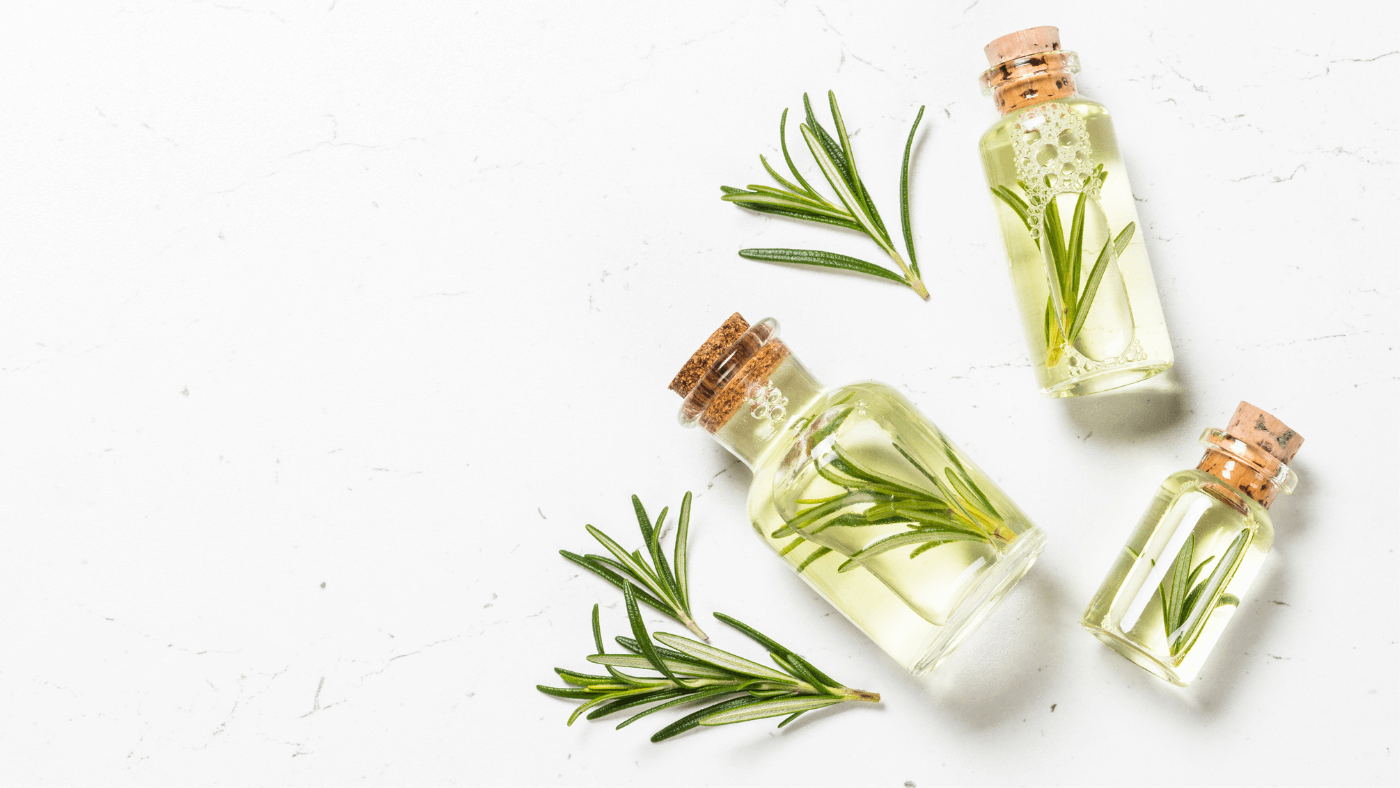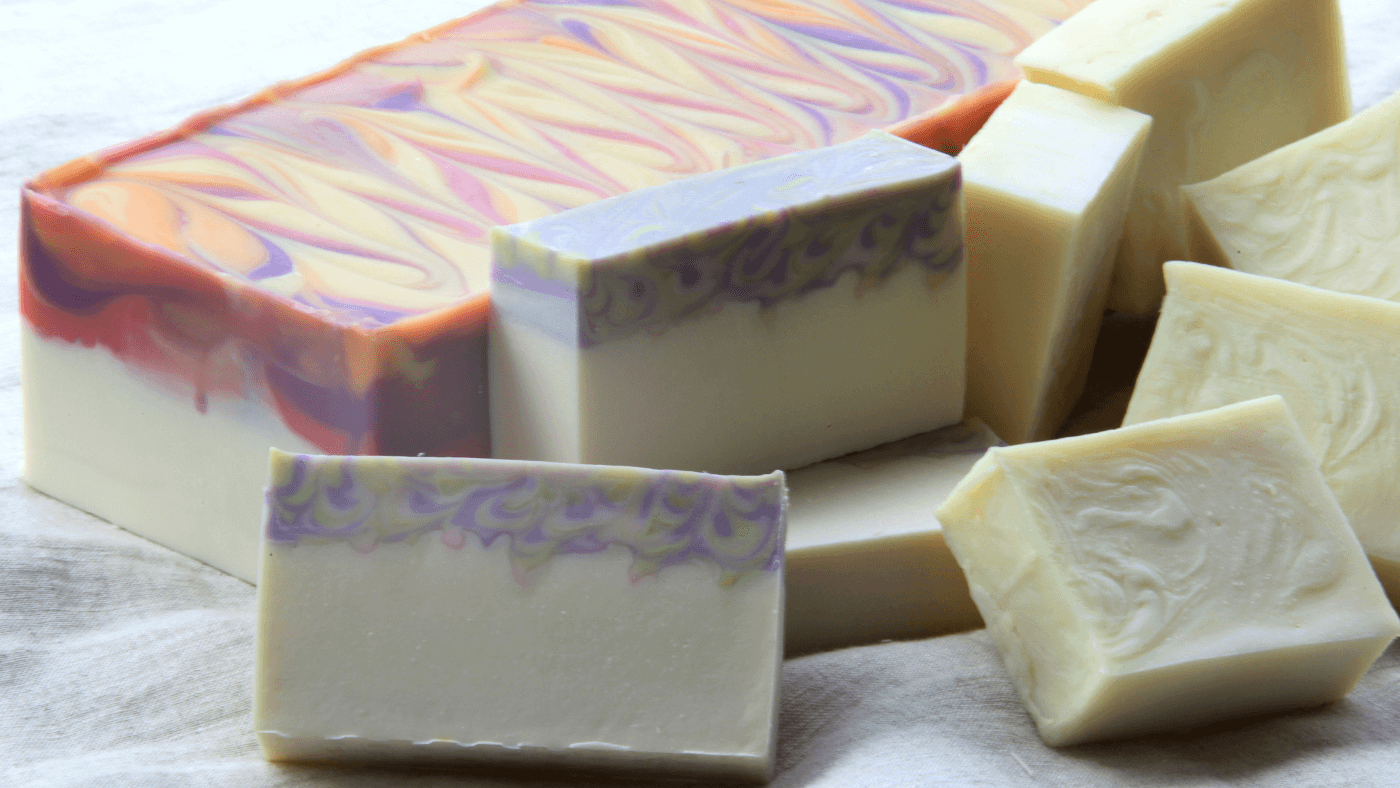If you’ve been making wax melts or candles for any length of time, you’ve probably come across the term flashpoint. You might have seen it on fragrance oil safety data sheets, seen or heard other makers discussing it, or even been warned that certain oils shouldn’t be used because their flashpoint is too low.
But what does it actually mean? And does it really matter for your wax melts or candles?
The short answer? For most candle and wax melt makers, it's not something to stress about. However, if you’re making gel melts - something strictly for experienced makers - then it is critically important.
Let’s break down what it really is, why it’s often misunderstood, and when it actually matters in wax melt making.
What Is A Flashpoint?
This is the temperature at which a liquid produces enough vapours to ignite if exposed to an open flame or spark. Essentially, it tells you how flammable a substance is under certain conditions.
Fragrance oils all have different flashpoints, depending on their composition. For example:
Light, citrusy oils often have lower flashpoints (around 50-60°C)
Heavier, musky, and woody scents tend to have higher flashpoints (above 100°C)
Flashpoint is mostly a transportation and safety classification - not an indicator of whether an oil is suitable for wax melts or candles.
Does This Matter for Regular Wax Melts & Candles?
No, not really! Many beginners get confused about this, thinking it determines whether a fragrance oil is safe to use in wax products. This leads to common misconceptions, such as:
🚫 "You can’t use a fragrance oil with a flashpoint below the wax melting point!"
🚫 "Low flashpoint oils will burn off and disappear!"
🚫 "Fragrance oils with a low flashpoint can cause your candle or wax melt to catch fire!"
Let’s bust these myths one by one.
Myth #1:
Some makers mistakenly believe that if a fragrance oil has a lower flashpoint than their wax’s melting point, it won’t blend properly or will separate. This isn’t true.
Once the fragrance oil is mixed into the wax, it becomes part of the wax structure. The flashpoint only applies to the fragrance oil in its pure liquid state - not once it’s incorporated into a wax blend.
Myth #2:
Some believe that if you use a fragrance oil with a low flashpoint, it will evaporate or “burn off” before it can scent the wax.
This is partly true if you add fragrance oil to wax that is far too hot (e.g., 100°C and above). However, as long as you add your fragrance oil at the correct temperature for your wax type (typically 60-80°C), the oil will properly bind to the wax and provide a great scent throw.
Myth #3:
Nope! While this indicates flammability in a pure liquid state, it does not mean your wax melt or candle will suddenly catch fire if you use a low-flashpoint fragrance oil.
In fact, the wax itself is not flammable in liquid form - it must be wicked and vaporised before it can burn. So, unless you’re heating your wax to extreme temperatures (200°C and above), which you should never do, there’s no fire risk.
When DOES It Actually Matter? (Hint: Gel Melts)
So, if it doesn’t matter for regular wax melts or candles, when does it actually matter? The only time fragrance oil flashpoint is crucially important is when making gel wax melts.
What Are Gel Melts?
Gel melts are made using gel wax, a transparent, jelly-like wax with a completely different structure from standard soy, paraffin, or coconut waxes. Unlike traditional wax melts, gel wax requires a special type of fragrance oil with a flashpoint above 76°C.
If you use a fragrance oil with a flashpoint lower than 76°C in gel wax, you risk:
❌ Separation – The fragrance oil won’t bind properly to the gel.
❌ Flammable Pockets – This is a serious safety risk! Low-flashpoint oils can form flammable vapour pockets, which can ignite unpredictably.
❌ Cloudiness – Gel wax should be crystal clear. Using the wrong fragrance oil can cause it to turn cloudy or murky.
Why Gel Melts Are NOT for Beginners
If you’re new to making wax melts, gel wax is not the place to start. Working with gel wax requires:
Extensive knowledge of fragrance oil chemistry
Careful selection of gel-compatible fragrance oils
Thorough safety testing to prevent flammability risks
💡 If you don’t have experience working with different waxes and fragrance oils, gel melts are best left to advanced makers who understand the risks and requirements.
What Should Wax Melt Makers Focus On Instead?
Rather than worrying about this, instead focus on these key factors for successful wax melts:
1. Fragrance Load
Each wax type has a recommended maximum fragrance load (usually 6-12%). Adding too much fragrance can lead to:
Weak scent throw
Oily residue on the wax melt
Poor wax binding
2. Correct Mixing Temperature
For best scent retention, add your fragrance oil at the right temperature:
Soy wax: 60-80°C
Paraffin wax: 70-85°C
Coconut wax blends: 60-75°C
3. Cure Time
Wax melts need time to fully bind with the fragrance oil. Allow them to cure for 48 hours to a week for the best scent throw (depending on the type of wax used).
4. Choosing the Right Wax for Your Needs
Soy wax: Great for strong, natural scent throw
Paraffin wax: Strong hot throw but not as eco-friendly
Coconut wax: Luxuriously smooth but pricier
Gel wax: Requires high-flashpoint oils and expert knowledge!
Final Thoughts:
To sum it up:
✅ It is NOT a major concern for traditional wax melts or candles - you don’t need to worry about it when selecting fragrance oils.
✅ It only becomes important when working with gel wax, which requires high-flashpoint oils to prevent safety hazards.
✅ Gel melts are NOT for beginners! They require extensive knowledge of fragrance oil chemistry and specialised testing.
✅ For regular wax melts - Focus on fragrance load, mixing temperature, and cure time instead in order to perfect your craft.
If you’ve ever been confused by flashpoint in fragrance oils, hopefully, this clears things up! Unless you’re an experienced maker working with gel wax, you can safely ignore this and focus on creating amazing, high-quality wax melts instead.
Discover Premium Fragrance Oils for Home Fragrance, Bath & Body or Cosmetic Products!
Looking to create your own Home Fragrance, Bath & Body or Cosmetic products? House of Scent offers premium, undiluted fragrance oils that closely match popular scents. Whether you're crafting for personal use or starting a business, we have the perfect fragrances to bring your creations to life!


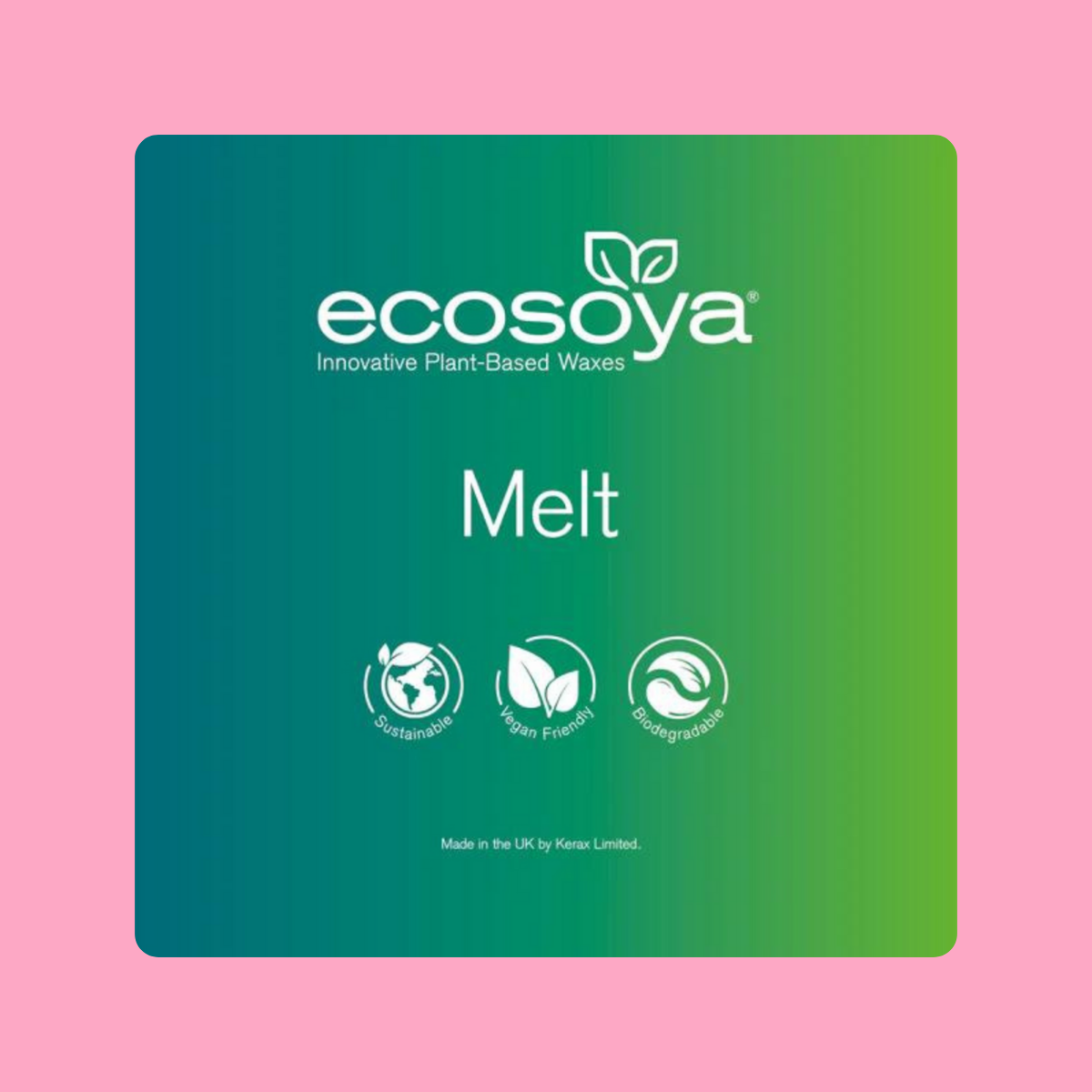
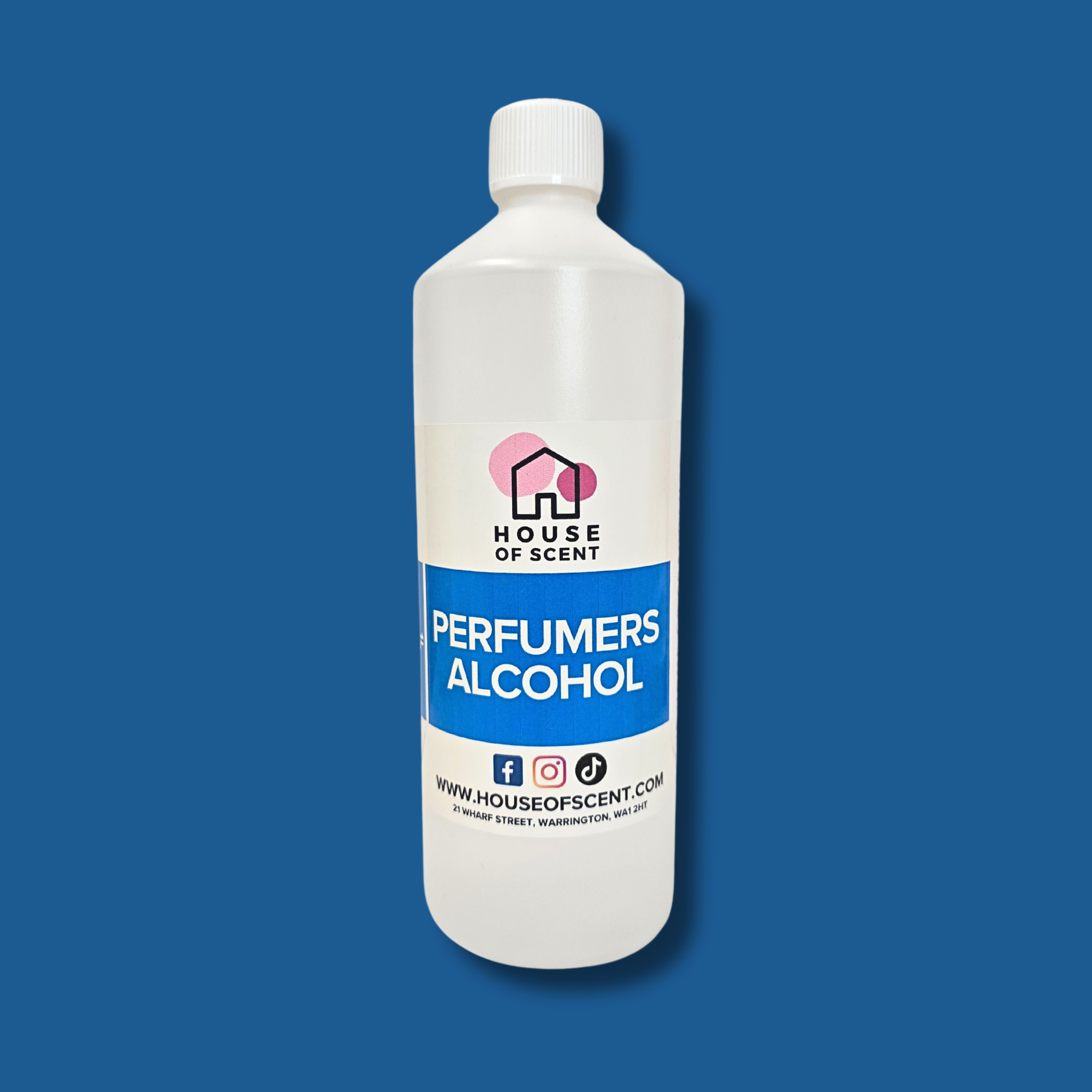
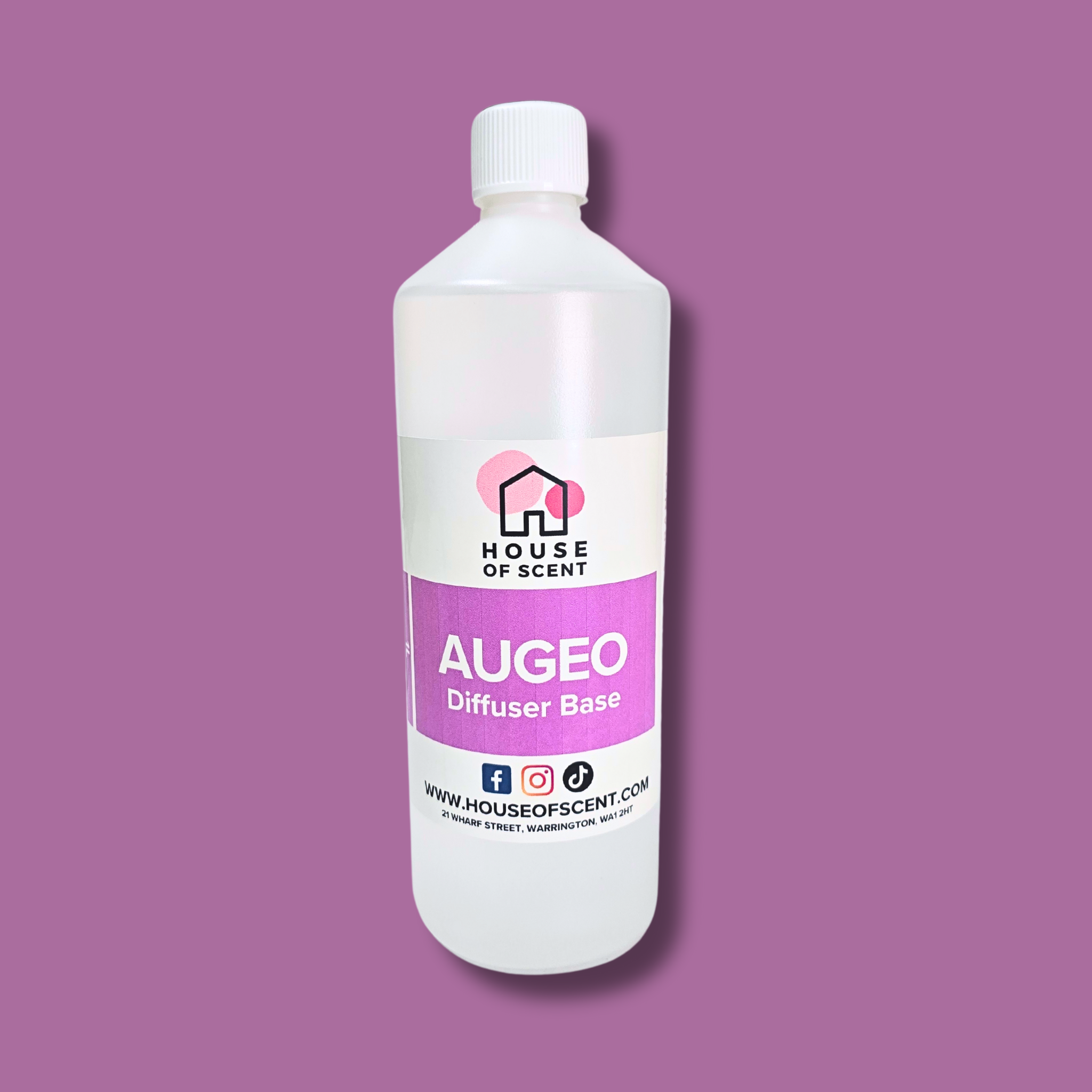
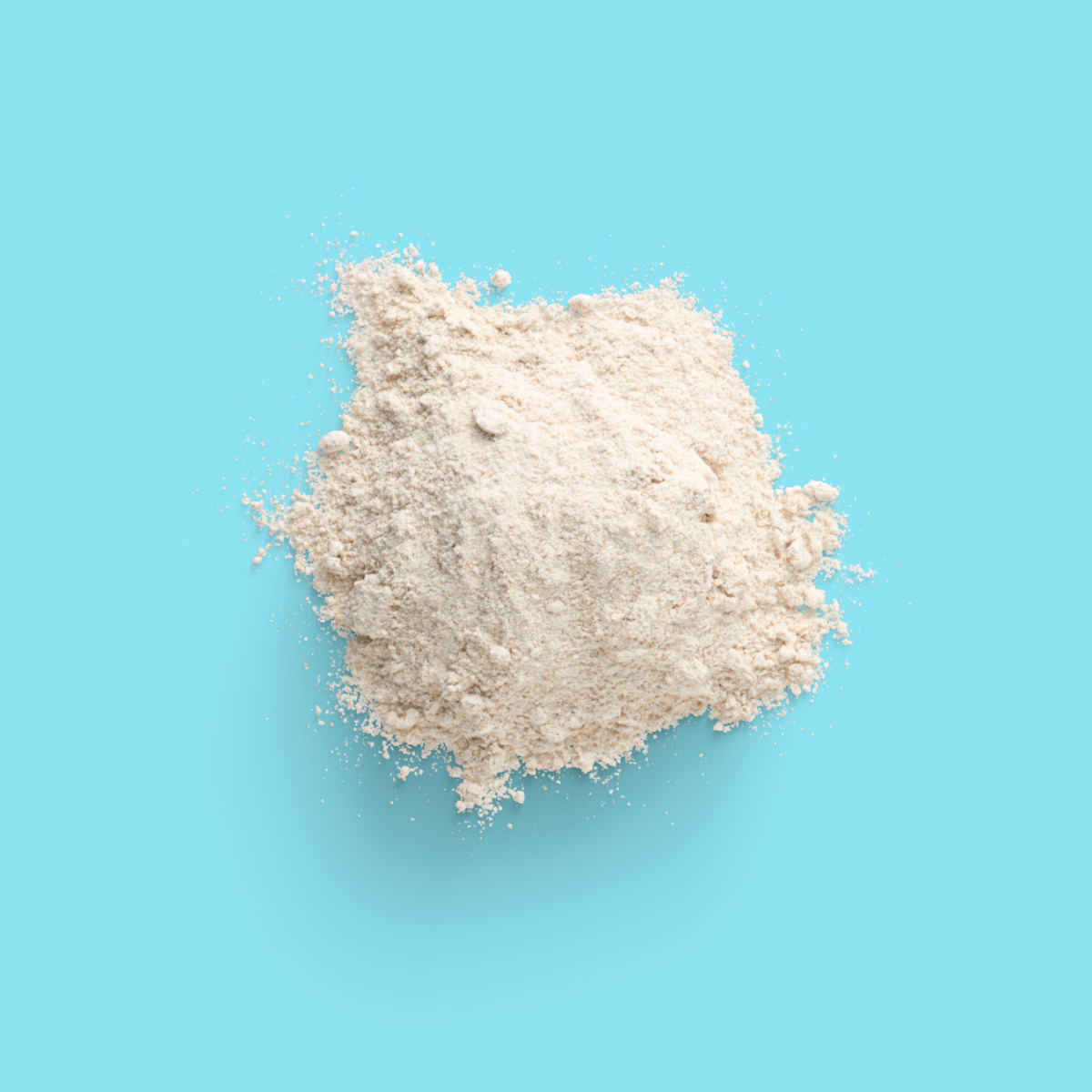

.jpg)
